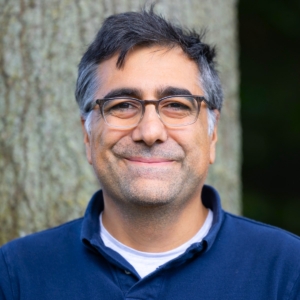Free-Space Optical Sensing Using Vector Beam Spectra
Vector beams are spatial modes that have spatially inhomogeneous states of polarization. Any light beam is a linear combination of vector beams, the coefficients of which comprise a vector beam spectrum. In this work, through numerical calculations, a novel method of free-space optical sensing is demonstrated using vector beam spectra, which are shown to be experimentally measurable via Stokes polarimetry. As proof of concept, vector beam spectra are numerically calculated for various beams and beam obstructions.


